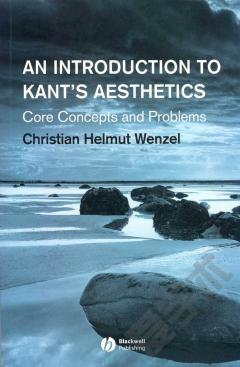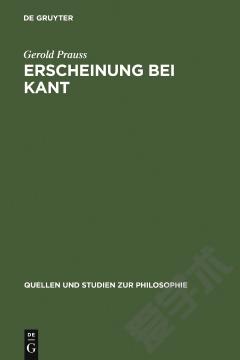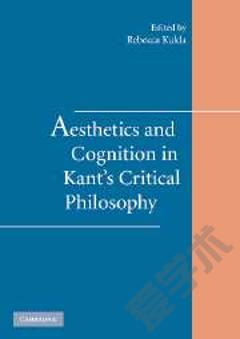An Introduction to Kant's Aesthetics —— Core Concepts and Problems
----- 康德美学导论:核心概念与问题
Foreword by Henry E. Allison. Acknowledgments. About This Book. Note on the Translation. Introduction. The Aesthetic Dimension Between Subject and Object. The Meaning of "Aesthetic". Categories as a Guide. The "Moments" of a Judgment of Taste. Part I: Disinterestedness: First Moment. Disinterestedness as a Subjective Criterion. Three Kinds of Satisfaction: Agreeable, Beautiful, Good. Part II: Universality: Second Moment. The Argument from Self-Reflection: Private, Public, Universal. Subjective Universality. A Case of Transcendental Logic. Singular "but" Universal. How to read Section 9. Part III: Purposiveness: Third Moment. Purpose without Will, Purposiveness without Purpose. Purposiveness and Form: Charm versus Euler. Of "Greatest Importance": Beauty and Perfection. Beauty: Free, Dependent, and Ideal. Part IV: Necessity: Fourth Moment. Exemplary Necessity. Kant's Interpretation of the sensus communis. The Deduction. PartV: Fine Art, Nature, and Genius. Fine Art and Why It Must Seem like Nature. Genius and Taste. Genius and Aesthetic Ideas. Part VI: Beyond Beauty. The Sublime. Beauty as the Symbol of Morality. The Analytic, the Dialectic, and the Supersensible. Part VII: Two Challenges. Can Kant's Aesthetics Account for the Ugly?. Can there be Beauty and Genius in Mathematics?. Summary and Overview. Before Kant. Kant's Aesthetics. After Kant. Glossary. Bibliography. Index
{{comment.content}}








 京公网安备 11010802027623号
京公网安备 11010802027623号